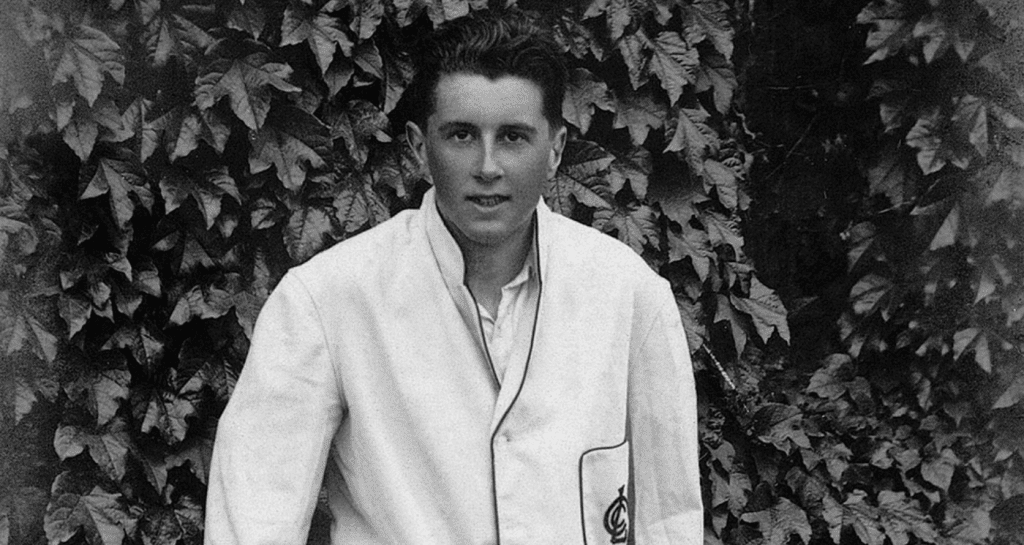When we talk about resilience, few stories compare to that of Richard Norris Williams. Imagine surviving one of history’s greatest maritime disasters, walking through life-changing frostbite, losing your father to the icy Atlantic and still managing to become an Olympic champion. It sounds like something out of a movie, but this was real life for Williams. His journey from the freezing decks of the Titanic to the warm glow of Olympic gold is a true testament to the power of human will.
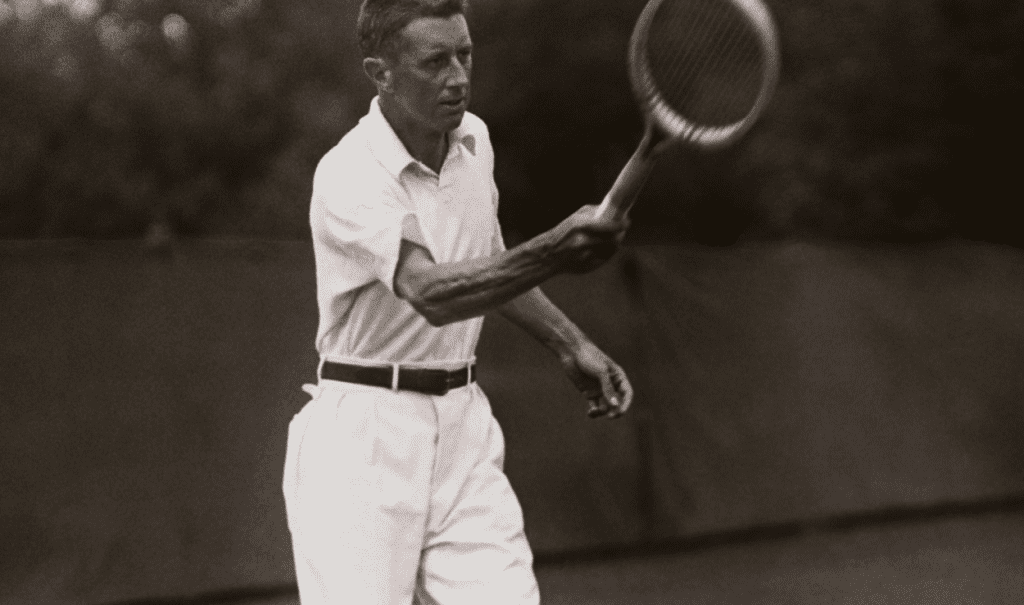
Surviving the Unsurvivable: The Titanic Disaster
On April 15, 1912, the RMS Titanic struck an iceberg and began its fatal descent into the Atlantic. Among the passengers was 21-year-old Richard Norris Williams, a Swiss-born American tennis player traveling to the U.S. with his father, Charles Williams. When the ship struck the iceberg, the father and son found themselves in a terrifying fight for survival.
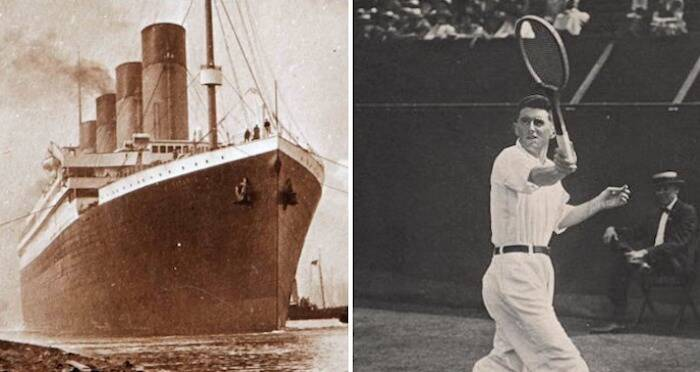
Richard helped free a trapped passenger by kicking open a locked door, defying the ship’s rules. Later, as lifeboats filled, Richard and his father ended up in the freezing water. Tragically, Charles was killed by a falling smokestack. Richard, clinging to life, was eventually rescued and hauled aboard the RMS Carpathia. His legs were so badly frostbitten that doctors recommended amputation.
But Richard refused.
Video:
From Titanic Survivor and Near Amputee to Hall of Fame Tennis Champion
Defying Medical Odds and Choosing to Walk
Faced with the possibility of losing both legs, Williams took an extraordinary gamble. Instead of submitting to surgery, he chose to stand and walk continuously every hour to restore circulation. It was a physically excruciating decision, but one that saved his legs.
Within months, Richard was back on the tennis court. Less than a year after surviving the Titanic, he competed in and won the U.S. Men’s Doubles Championship. He was not only playing again, but winning. The man who could have lost everything was now reclaiming his life point by point.
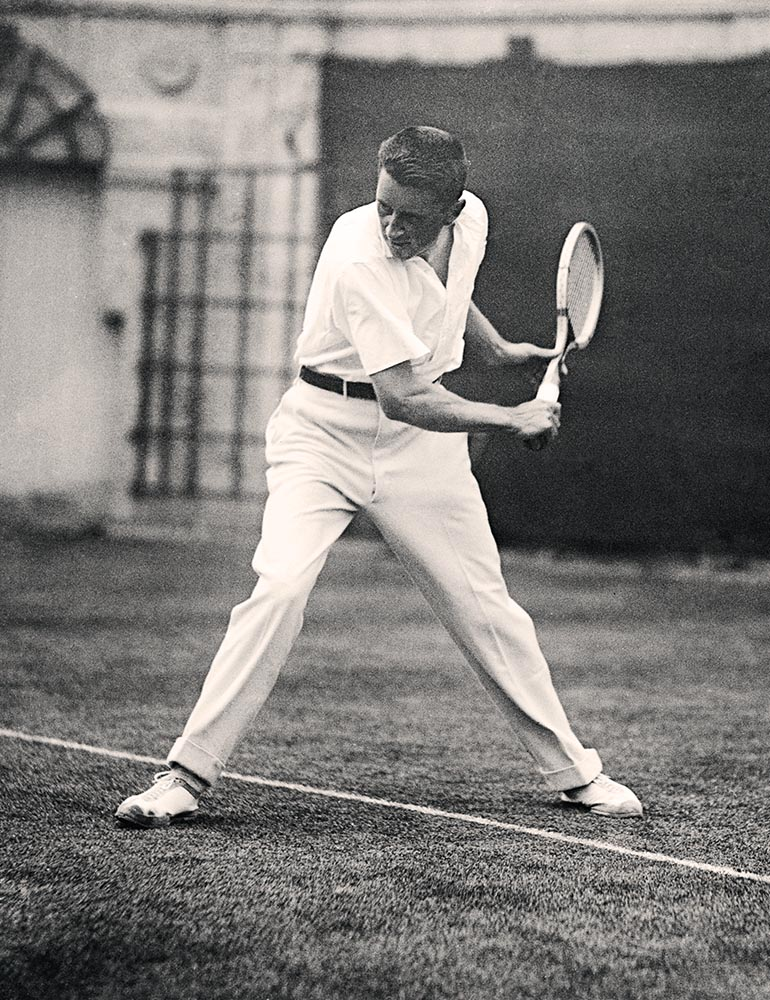
The Rise of a Tennis Star
Throughout the 1910s and 1920s, Richard Norris Williams became one of America’s tennis greats. He won two U.S. National Championships in singles (1914, 1916) and seven in doubles. He was known for his powerful groundstrokes and unshakable focus a mindset likely forged in freezing Atlantic waters.
His greatest athletic triumph came in 1924, when he won a gold medal at the Paris Olympics in mixed doubles. It was the crowning achievement of a career that had already made him a national symbol of endurance and class.
Video:
What Actually Happened to the Titanic Survivors
More Than Just an Athlete
Richard’s story didn’t end with trophies. During World War I, he served in the U.S. Army and received the Croix de Guerre and the Legion of Honor for bravery on the battlefield. His courage was not limited to the court it extended to every arena of life. After his tennis career, he served as president of the Historical Society of Pennsylvania, quietly continuing to give back in ways less public but just as meaningful.
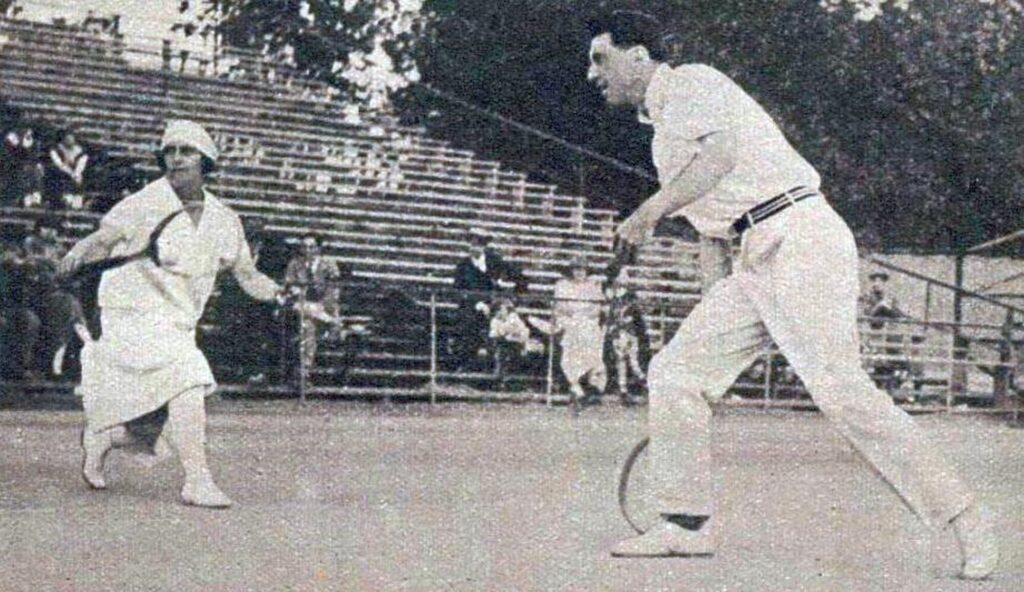
Legacy of Resilience
So many athletes are remembered for what they accomplished on the field. Richard Norris Williams is remembered for something more what he overcame off it. He didn’t just rebound from trauma; he rose above it. From the depths of the Atlantic to the podiums of global sport, his story is not only about victory it’s about grit, choice, and the power of the human spirit.
We often talk about champions in terms of their medals. But for Williams, the true gold was in his courage. He was a man who refused to let tragedy define him. A man who refused to quit. And a man who showed the world that resilience isn’t just about survival it’s about rising, thriving, and inspiring others to do the same.
